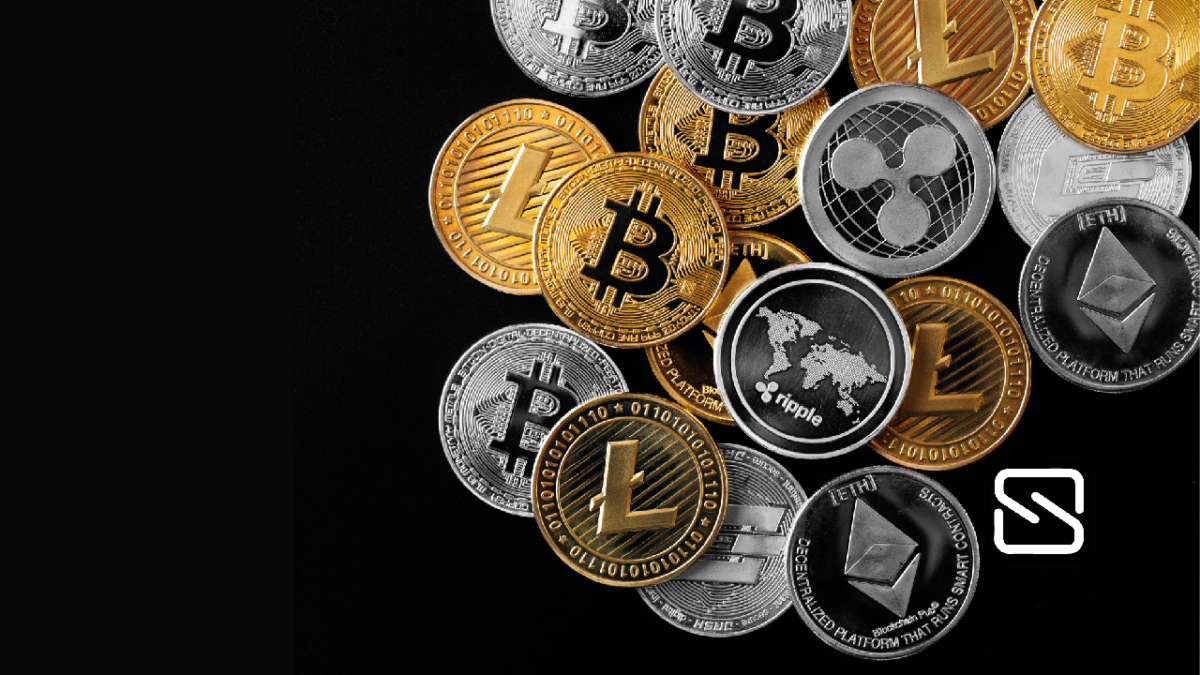Despite the current statewide ban on cryptocurrency ownership and trade in the country, Morocco has the highest ownership rate in North Africa, rising from 2.4 percent in 2021 to 3.1 percent in 2022.
A recent analysis by DataPortal on the state of crypto adoption globally found that the majority of men between the ages of 16 and 44 are the ones who own cryptocurrency.
As of the beginning of August 2022, Morocco’s official regulation makes it illegal to own and trade cryptocurrency.
Despite the ban, Bank Al-Maghrib (BAM), the central bank of Morocco, recently declared that it was holding discussions with the IMF and other nations to create a legal framework that would open the door for future adoption. BAM even stated that it is currently considering the idea of releasing its own central bank digital currency (CBDC).
Morocco is adopting a wait-and-see approach out of concern that it may lose control over its economic and monetary sovereignty, according to a recent report by the Moroccan Institute for Policy Analysis (MIPA) that examined how Morocco is addressing the growing trend of crypto adoption.
According to the think tank, the central bank of Morocco and the nation’s banking industry, which are both important stakeholders in the ecosystem, are seriously threatened by the decentralized nature of crypto assets.
According to MIPA’s report, Moroccan financial watchdogs are under increasing pressure to develop a regulatory framework for cryptocurrency-related operations as adoption picks up speed.
Given that blockchain transactions are not confined by physical limits, adopting crypto-based monetary transactions would also mean that Morocco’s central bank would have little control over capital flight.
